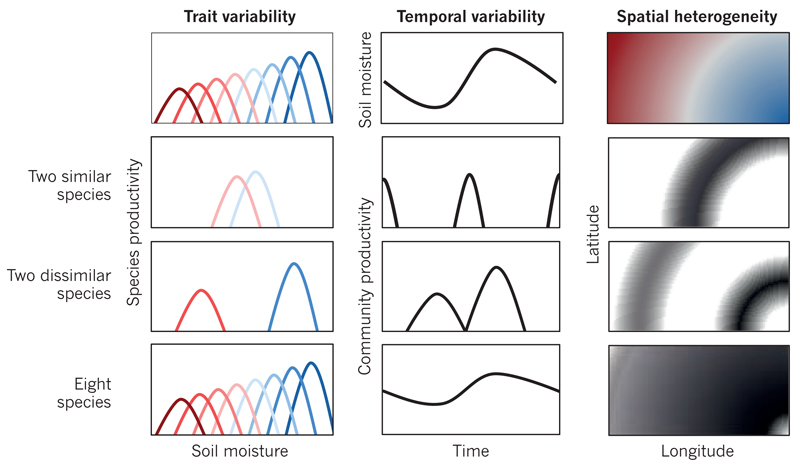Figure 3. Temporal and spatial insurance effects enhance and stabilize ecosystem productivity.
In a hypothetical example, various plant species (coloured distributions) are most productive (row 1, left) at different levels of the environmental factor soil moisture (dry, red; wet, blue). As soil moisture changes with time (row 1, middle) and space (row 1, right), communities are dominated by the species that is most productive under the particular conditions of each community. In this case, communities that consist of two dissimilar species (row 3) or many species (row 4) are expected to be more productive and to vary less in productivity in time and space than communities with only two similar species (row 2). (Productivity levels in space (rows 2–4, right) are indicated by a gradient from black (high) to white (low).) These performance-enhancing and stabilizing temporal and spatial insurance effects can be thought of as a combination of selection and complementarity effects because they emerge when species have complementary traits and dominate where and when species are most fit.

